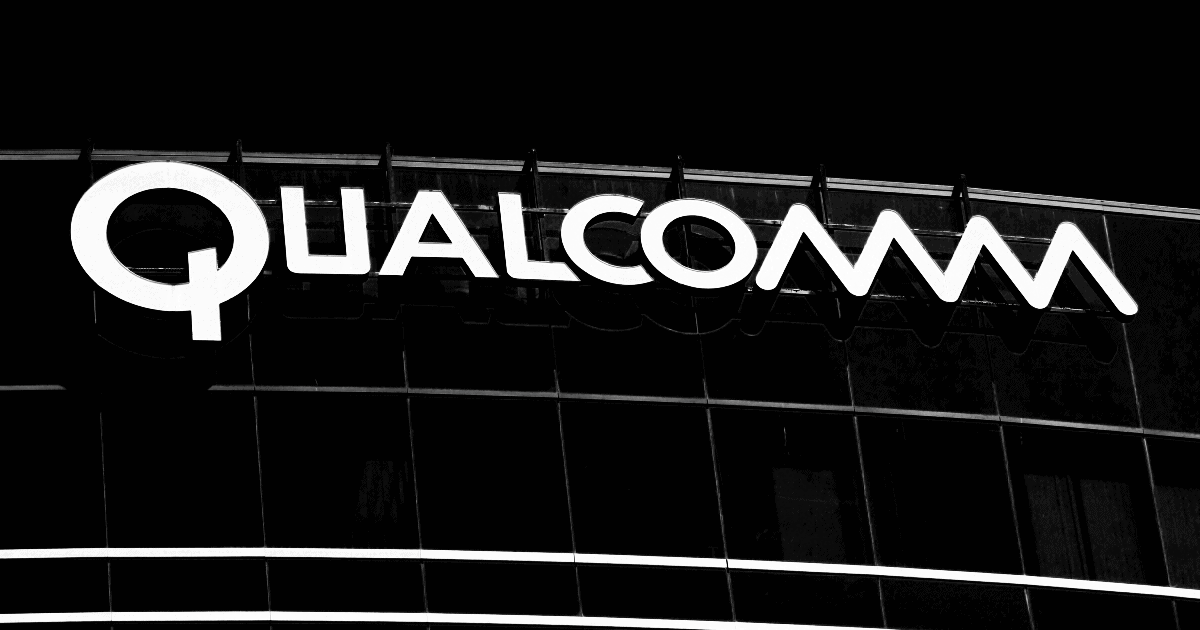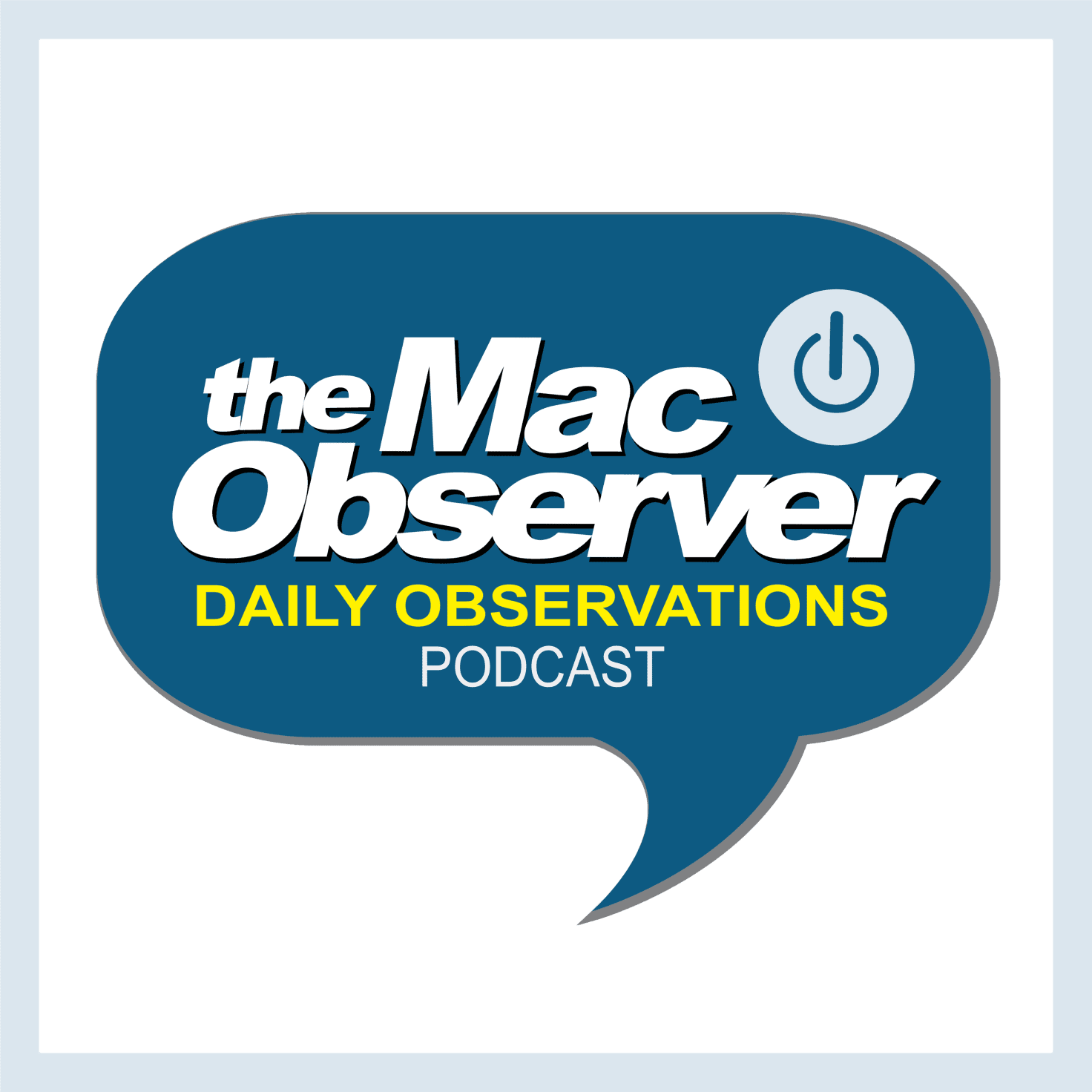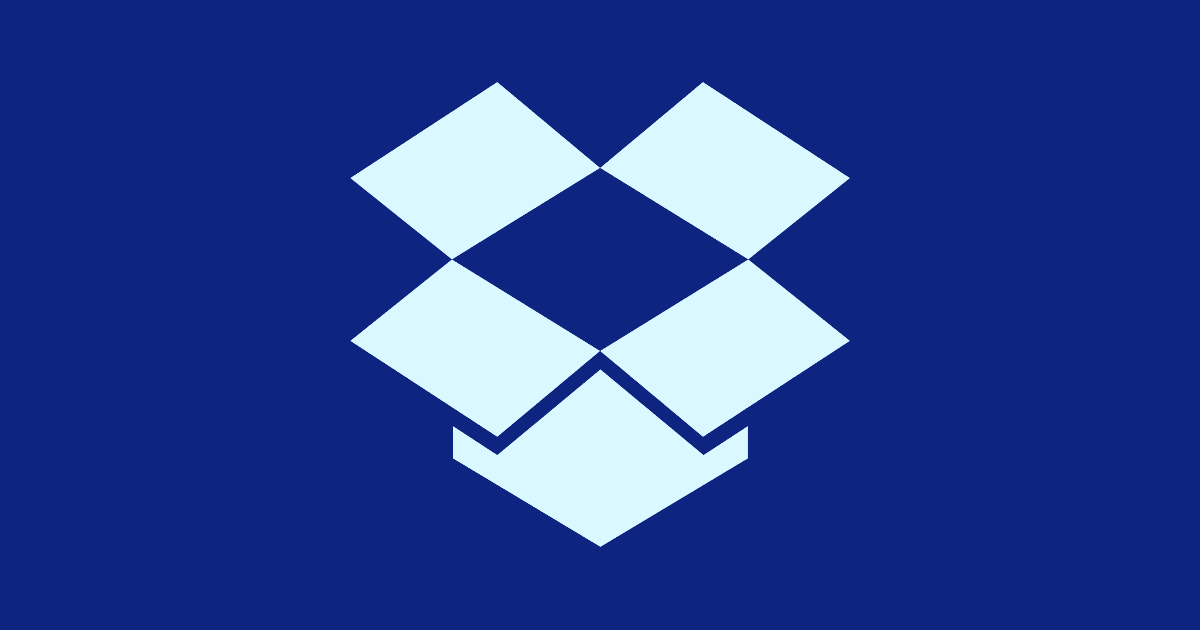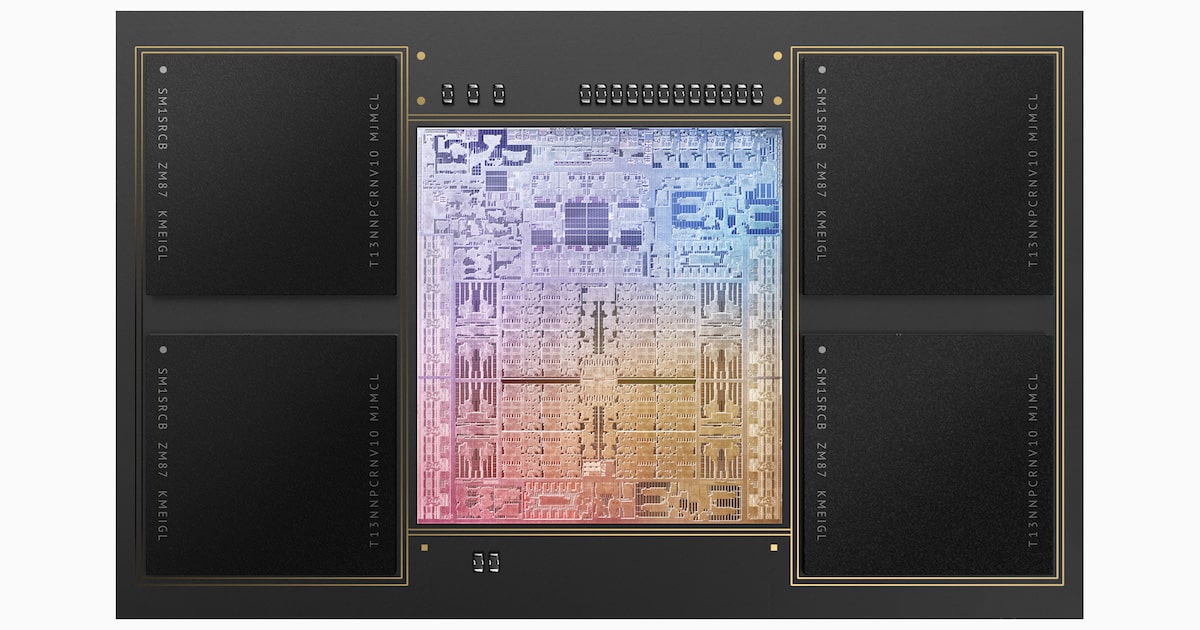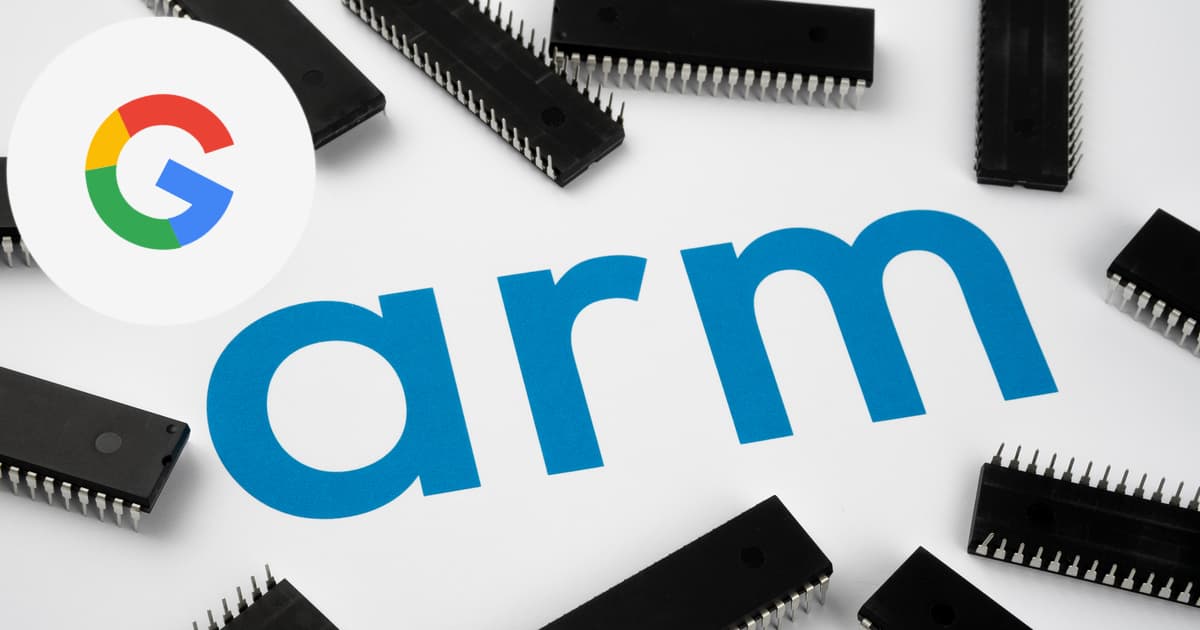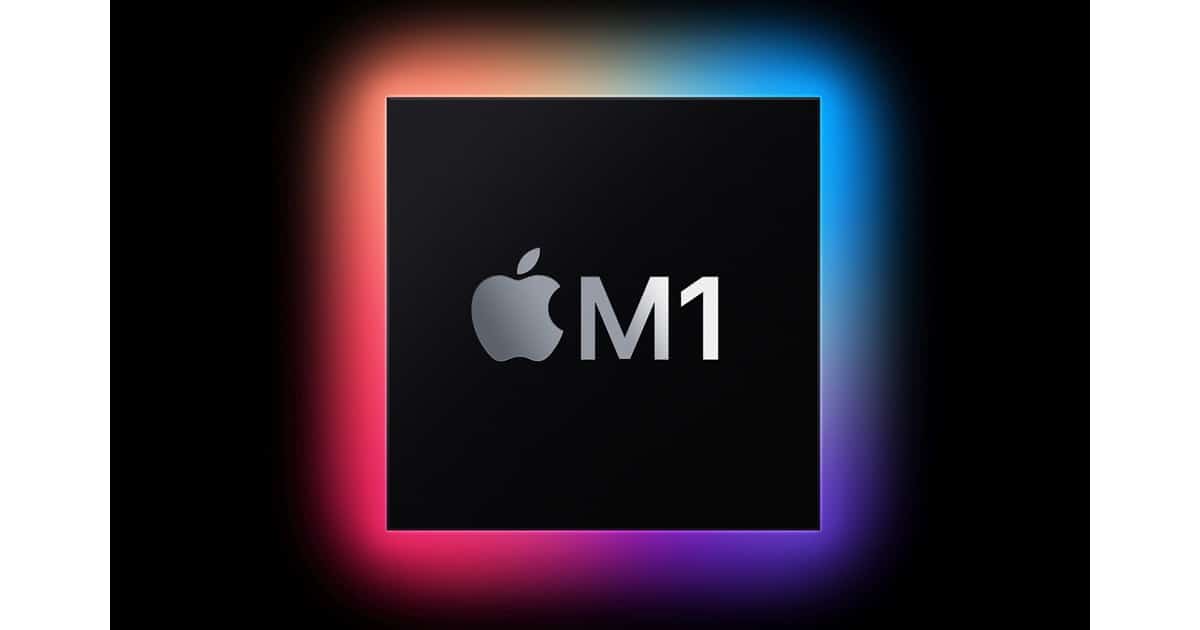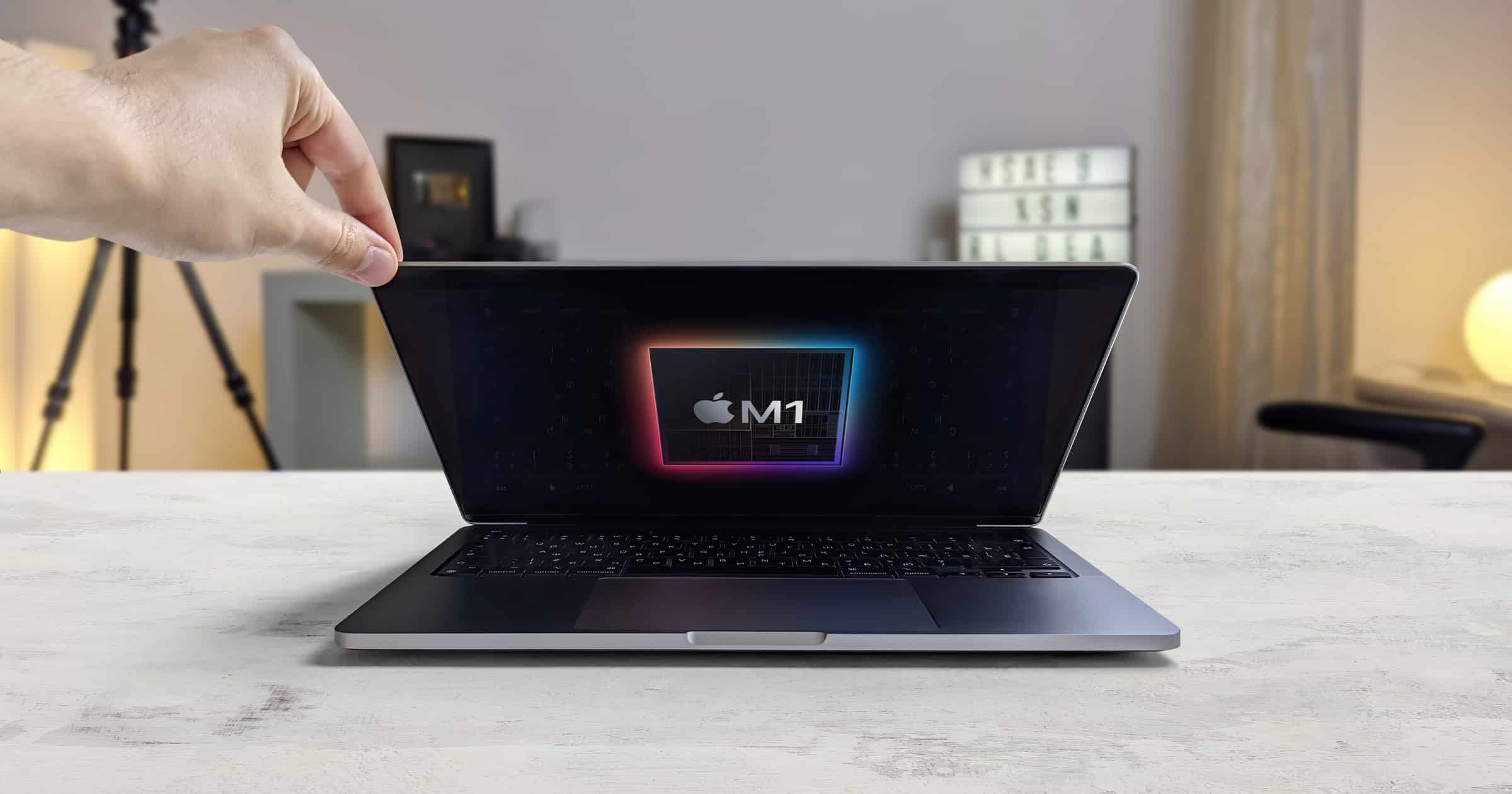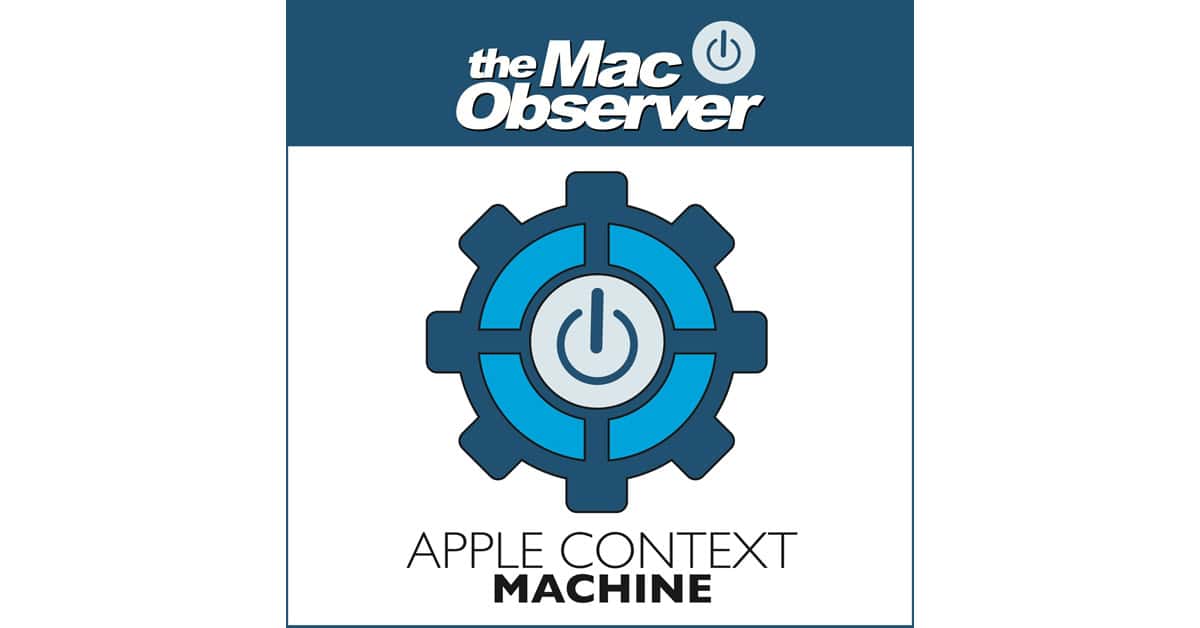Use this trick to create a shortcut to shut down your M1 MacBook Pro from Mac Geek Gab 900!
Apple Silicon
Connecting Multiple Monitors To Your M1 Mac
Learn how to connect multiple monitors to your M1 MacBook with this quick tip from Mac Geek Gab 900!
Find Display Link Products Here: https://www.synaptics.com/products/displaylink-graphics/displaylink-products
Qualcomm Sets Out Apple Silicon Competitor
Qualcomm is preparing for battle with Cupertino and its M-series chips. It laid out its competition to Apple Silicon for Windows device, which will launch in 2023, The Verge reported. Perhaps most interesting of all is the fact that those working on this project used to work for Apple.
Dr. James Thompson, Qualcomm’s chief technology officer, announced the plans for the new chips at the company’s 2021 investor day event, with the goal of getting samples to hardware customers in about nine months ahead of product launches with the new chip in 2023. The new chip will be designed by the Nuvia team, which Qualcomm had bought earlier this year in a massive $1.4 billion acquisition. Nuvia, notably, was founded in 2019 by a trio of former Apple employees who had previously worked on the company’s A-series chips.
Earnings and Dropbox Support – TMO Daily Observations 2021-11-01
Bryan Chaffin and Charlotte Henry join host Kelly Guimont to discuss Apple’s latest earnings and native Apple Silicon support for Dropbox.
Dropbox CEO on M1: 'We're Certainly Supporting Apple Silicon', Release Set for Next Year
Dropbox’s CEO has looked to clarify where his firm stands on native support for the M1 chip, saying a build will be released in 2022.
Native Dropbox Support For M1 Macs Doesn't Seem to be Happening
[Update November 1, 2021: Dropbox CEO Drew Houston has said that his company is working on a native M1 build. It plans to release it in the first half of 2022. Original post below]
–
It looks likes users with M1 Macs shouldn’t expect native support from Dropbox any time soon. MacRumors reported on a long-running support thread discussing the issue of Apple Silicon.
An official Dropbox support thread, shared by Mitchell Hashimoto on Twitter, reveals a fiasco around native support for Apple silicon Macs. Dropbox is seemingly insisting that a significant number of community members will have to vote for native Apple silicon support for it to be implemented. There are also multiple repetitious requests with different phrasing, fragmenting users’ votes for support. In July, responses from Dropbox staff on the thread explained that “this idea is going to need a bit more support before we share your suggestion with our team,” and flagged Apple silicon support as in need of more votes. A month ago, Dropbox staff again replied to the thread requesting native Apple silicon support, saying that Dropbox will continue to be compatible with all devices that run supported versions of macOS using Apple’s Rosetta translation layer. Additional complaints in the thread claim that Dropbox with Rosetta hemorrhages MacBook battery life and uses a disproportionate amount of memory.
The M1 Pro Vs. M1 Max Chip
Apple recently unleashed TWO new chips with their new MacBook Pros. Watch this mini-segment from Mac Geek Gab 896 to learn more about the M1 Pro and M1 Max Chip.
Understanding Apple’s Unified Memory Architecture
Apple has just announced improvements to its Unified Memory Architecture, but what the devil is it? Jeff Butts breaks down how UMA helps.
Unloading After Unleashed — Mac Geek Gab 896
Apple just finished presenting their “Unleashed” event about the newest Apple Silicon Macs, and it’s time for your two favorite geeks to unload their thoughts about it all. Listen as John and Dave share their reactions to everything that happened today!
Apple Unleashed Speculation – TMO Daily Observations 2021-10-12
Charlotte Henry and Bryan Chaffin join host Kelly Guimont to discuss the freshly announced Apple Event happening October 18.
Apple Silicon Success Means Google Will Design Chromebook Processors Itself
Following on the heels of Cupertino’s success with Apple Silicon, Google has plans to design Chromebook processors itself.
Travel Tips, Wi-Fi Troubleshooting, and Dave Got Caught! — Mac Geek Gab 885
It’s always interesting when multiple listeners have the same problem, and today you can listen as John and Dave dig into issues with Mac minis and restarting. We think your two favorite geeks have the answer! And that’s what happens here, you ask questions, we provide answers… and Quick Tips… and Cool Stuff Found, too! Press play and enjoy learning at least five new things!
Reset Your SMC By Restarting Your Mac
Did you know when you restart a Mac with Apple Silicon, you do more than just restart your device? You also reset your M1 Mac’s SMC! Check out this and more from Mac Geek Gab 882.
MacBook Air With M2 Chip Arriving 2022, According to Leaker
Rumors are swirling about future Apple Silicon and the devices that updated chips will go in. MacRumors picked up on one leak that suggested an M2 going into Macbook Air, which will be released next year.
On Twitter, Dylandkt claimed that a new MacBook Air model is “on track” to launch in the first half of 2022, featuring an M2 chip and a more colorful design. They also claimed that the “M1X” chip is being reserved for high-end “Pro” Macs, which could include the MacBook Pro and a larger, more powerful iMac model. Dylandkt’s claim is not entirely new, given that Jon Prosser has previously said that the next-generation MacBook Air will feature a complete redesign, a range of iMac-like color options, and an M2 chip. Dylandkt has been resolute in previous comments about the “M1X” being destined for the next-generation MacBook Pro, while the “M2” will apparently be a lower-end chip for the MacBook Air, but it is worth noting that this does not seem to fit very well with the specific thoughts of reliable Bloomberg journalist Mark Gurman about Apple’s upcoming custom silicon chips for the Mac.
Apple Should Have Been Clear About macOS Monterey and M1 Macs
As we have now learned, users will require an M1 Mac to get all of the features coming in macOS Monterey. Oliver Haslam at iMore thinks that by allowing users and journalists to work this out, instead of properly announcing itself, Apple missed a big opportunity to talk up its own silicon. I rather agree.
What if Apple had made a point out of the M1 Macs getting the full feature set? What if Apple had someone stand on its virtual stage and say “because M1 is so powerful, and thanks to its Neural Engine, we were able to take macOS Monterey a step further on new Macs.” What if someone had rolled out the red carpet, shown the new features off on a bright orange M1 iMac, and pointed out just why the M1 is so great? The whole message would be different. Then, the M1 would be the hero of the piece, flexing its muscle to go above and beyond. Now, it’s the villain as it rips features from Intel’s cold, dead hands.
Next Gen 'M2' Apple Silicon Chips Already in Mass Production
The next generation of ‘M2’ Apple silicon chips are already in mass production and could be shipped as early as July.
Windows 10 Now Runs on Apple Silicon M1 Macs
Users who so desire now run Windows 10 on an M1 Mac. The latest version of Parallels allows the operating system to run on an Apple Silicon computer, The Verge reported.
The latest version of Parallels Desktop for Mac now allows M1 Mac owners to run Windows 10 on Arm apps or traditional x86 apps side by side with Mac or iOS apps on Big Sur. There will be some app limitations on the Windows 10 on Arm side, thanks to its own app emulation, but Windows 10 on Arm will soon support x64 app emulation, too. Parallels Desktop maker Corel says its latest update also results in some impressive performance and battery improvements over running the software on Intel-based Macs. According to Corel, the 16.5 update uses up to 250 percent less energy on an M1 Mac, compared to an Intel-based MacBook Air. There’s also a promise of up to 60 percent better DirectX 11 performance and up to 30 percent better overall virtual machine performance running the Arm version of Windows 10 on an M1 Mac instead of a Windows 10 VM on an Intel-based MacBook Pro.
M1 Mac Users Report Hard Drive Health Readings That Could Limit Device Life Span
Some M1 Mac users have started to highlight hard drive health reports that might possibly indicate severe life span problems for the device. iMore rounded up some of the issues.
The issue of ‘TBW’, or total bytes written, refers to the lifespan of an SSD… If the readings being given out from these machines is correct, developer Hector Martin says it could indicate that some machines “aren’t going to last half a year”… Martin does however state this is “definitely” a bug, however its unclear if that relates to the readings being given, or macOS behavior which is causing the readings to be abnormally high (but accurate). As PC Gamer notes in its report, smart monitoring tools “are notorious for misreporting” and this could be an M1 teething problem.
Which of the Most Popular Apps Have Native Support For Apple Silicon?
Apple silicon has been available to consumers for two months now. AppleInsider has a good rundown of the state-of-play, and how many apps have native support for the M1 chip.
So to take a snapshot of how the transition from Intel to ARM is going, AppleInsider drew up a list of 100 major Mac apps. Our list does include ones that are niche but very important in their field — such as the screenwriting app Final Draft… It also includes a range of more technical utilities, plus the kind of general purpose apps that a large number of Mac users have. For each app, we contacted developers, we checked out support groups, and we listed apps as either having native M1 support or not. When an app had native support in beta, we counted that as it at least means the support is coming. Where it was not possible to prove that there was even official beta M1 support, we took that as a no. As of February 5, 2021, the list of 100 apps showed 53 that had native M1 support to at least some degree. And therefore 47 that did not.
HomePod mini, Arcade, and Waiting for M-Processor Macs, with Bob LeVitus - ACM 542
Bryan Chaffin and Bob “Dr. Mac” LeVitus have both spent time with the HomePod mini, and they offer their thoughts on what it sounds like, where it’s useful, and who should consider it. They also talk about the value of Apple’s Arcade, especially now that it’s part of Apple One. They also talk about the power of Apple’s new M1 Macs, and discuss if people should buy Intel Macs at all any more.
Linux Now “Completely Usable” on Apple Silicon M1 Macs
A version of Linux now works on Apple Silicon M1 chip, AppleInsider reported. Security researchers at Corellium ported the operating system, and plan to release it under an open-source license.
The Linux version is a full Ubuntu desktop operating system booted from a USB, according to Corellium Chief Technology Officer Chris Wade. Although details are scarce, he said that Linux is now “completely usable” on Apple Silicon machines. Network compatibility is possible through a USB-C dongle, and the current update to the platform will support USB, I2C, and DART. The Ubuntu operating system is one initially meant for the ARM-based Raspberry Pi, Wade added.
All You Need to Know About Booting Your M1 Mac
If you’ve just bought a new Apple Silicon Mac, boot options have changed. Jeff Butts explains everything you wanted to know about booting your M1 Mac.
Next Gen Apple Silicon Aiming to Outperform Intel's Fastest Offering
The next series of Apple silicon is aiming to outperform the fastest Intel chips and could arrive as early as 2021.
Ming-Chi Kuo: Redesigned Apple Silicon MacBooks Launching H2 2021
Apple fans can look forward to Apple silicon-powered, redesigned, MacBooks in the second half of 2021, according to a note by Ming-Chi Kuo. The analyst’s note, seen by MacRumors, also suggested various other new devices are on the way.
Kuo did not specify which models these will be, but he previously claimed that redesigned 14-inch and 16-inch MacBook Pro models with Apple Silicon would launch in the late second quarter or third quarter of 2021… Kuo also expects third-generation AirPods to launch in the late second quarter of 2021… Last, Kuo predicted that the “new Apple Watch shipment’s momentum in 2021 will benefit from innovative health management functions and improved form factor design,” but it is unclear if he is referring to the Apple Watch Series 6’s new casing options like blue aluminum or to redesigned Apple Watch Series 7 models.
